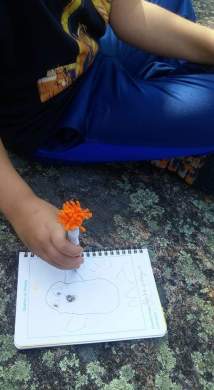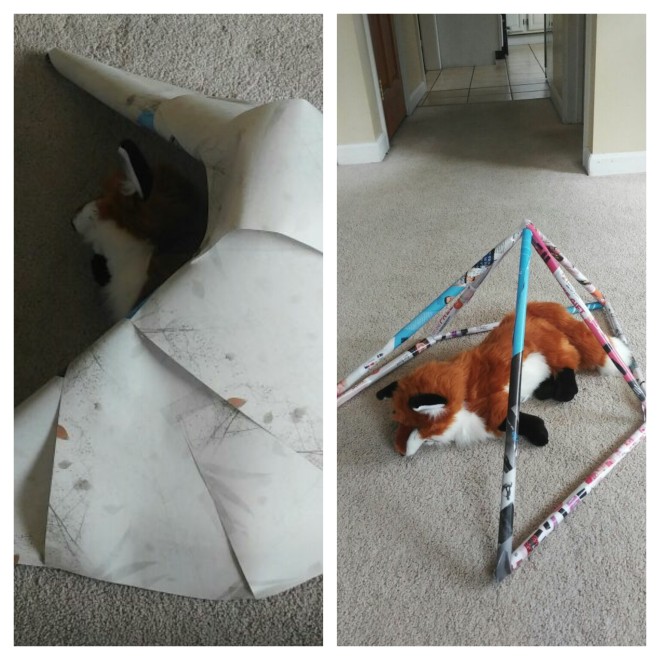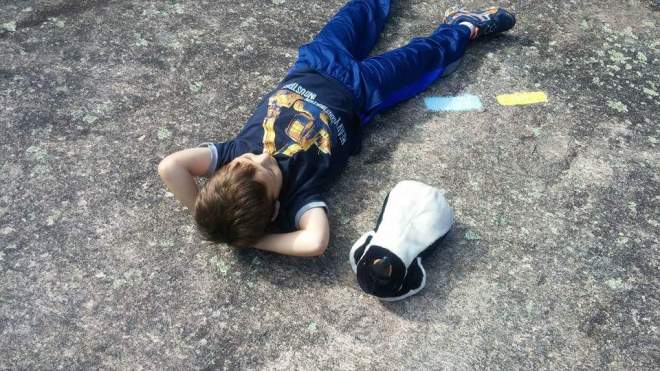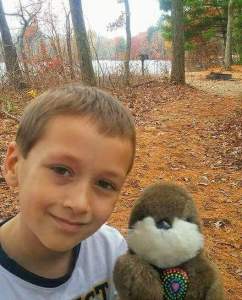“Learning through play is a term used in education and psychology to describe how a child can learn to make sense of the world around them. Through play children can develop social and cognitive skills, mature emotionally, and gain the self-confidence required to engage in new experiences and environments.”
As a former Early Childhood Educator this was the foundation of all activities and lesson plans in the classroom, children naturally learn through play when exposed to materials that stimulate imagination and creativity- which is now implemented in my home as well.
Recently I have noted how the use of puppets has really impacted my sons learning. We visit the library regularly (as most homeschoolers do!) and each time he borrows a puppet to take home. I didn’t think much of it at first….but, now I see that they are very influential and a useful vehicle across the curriculum!
- They create critical thinking.
- Foster creativity and design
- effective tool in writing and vocabulary
- Science and Research-STEM
- Provide a focus for play
- Art becomes active-drawing and constructing
- Emotional development and empathy
- Responsibility
With every puppet he borrows, he comes up with a name for it. He has so many questions about their habitat, life span, and diet etc. that we end up on the computer researching all about it! -(critical thinking,science, research, vocabulary expansion)
Through his play with them he ends up making lists, building habitats and making signs- he becomes attached and responsible and takes care of each puppet while it’s at our home. -(focus for play, art, writing, constructing, responsibility and creativity)
Simple, sweet and effective! So far he has borrowed such animals as: crow, turtle, penguin, otter, groundhog, an owl and more!
He says ” Puppets are fun because I can pretend to be them and control them!”

Drawing and Writing

building a crows nest using math

A good read here:http://www.tandfonline.com/doi/abs/10.1080/09575146.2010.529425?journalCode=ceye20 “Observations of active learning in class Two classroom types were observed: traditional approach and an active learning/play-based approach. In the traditional approach the children were engaged in many actions, including listening; looking; chanting responses; giving answers; counting, adding; measuring; making number stories; identifying words, letters, sounds and rhymes; rehearsing tasks/skills; responding to behavior rules; using the interactive Smartboard; assembling; tidying; waiting; and demonstrating disengagement. In the second classroom type, the play-based/active learning, observers noticed the children giving answers; negotiating roles with others; ordering words or numbers; copying patterns and drawing pictures; listening to stories and songs; using the computer or Smartboard; practice reading; did jigsaw puzzles; building with construction materials; measuring, counting, and adding up; lining up, clearing up, moving around. More signs of disengagement were observed in the traditional learning environment. “




That’s just wonderful!